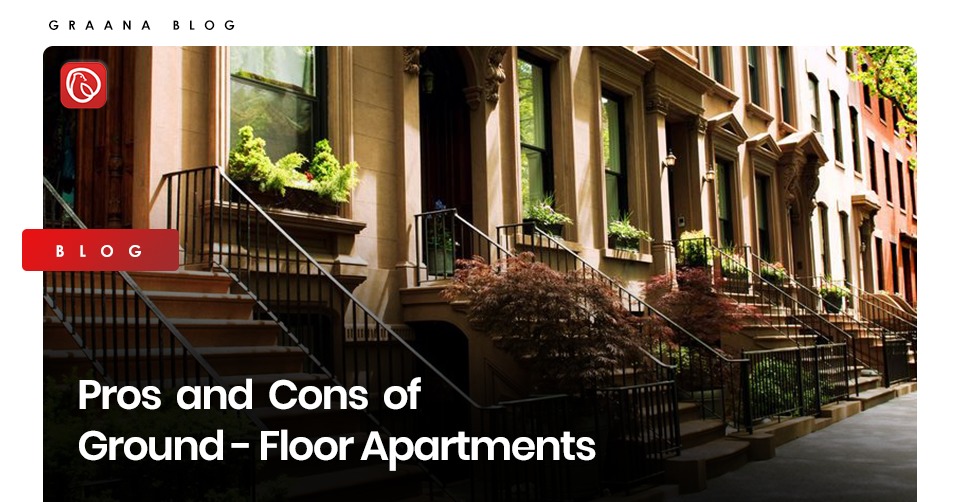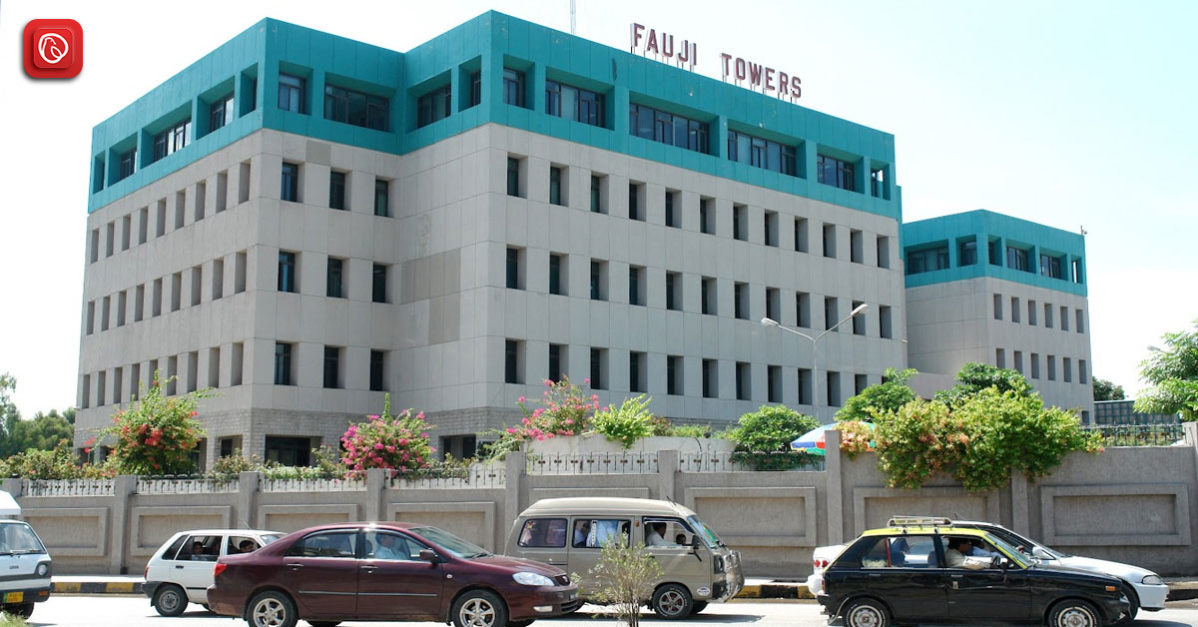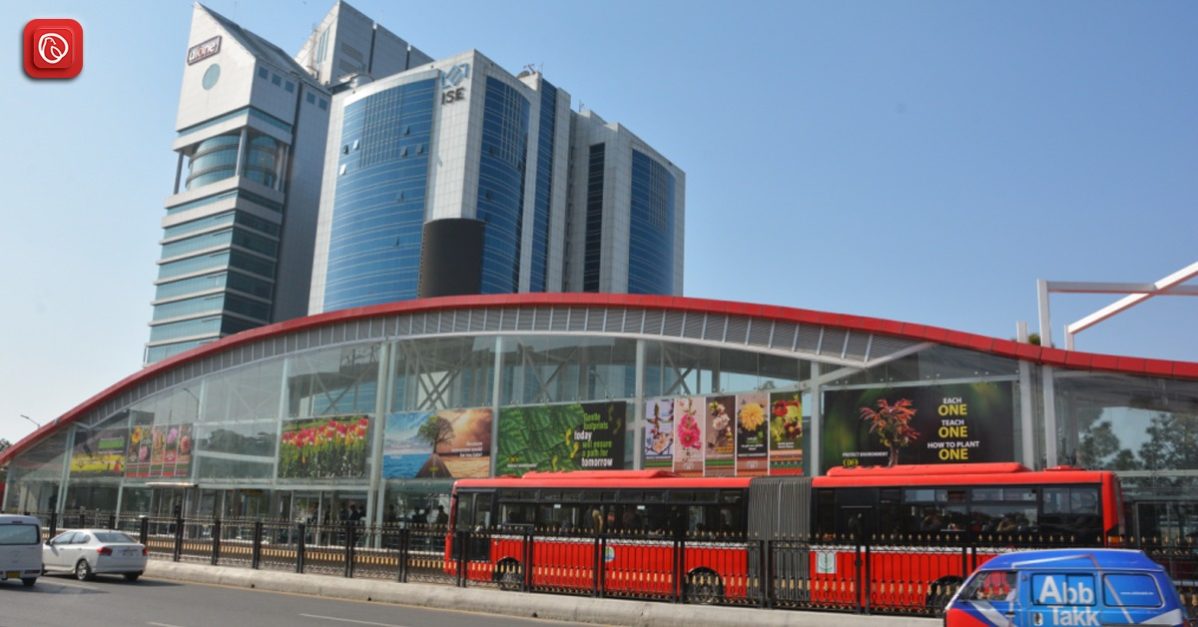When you’re looking to buy or rent to live in an apartment, there are many factors that need to be taken into consideration, including whether you would prefer a ground-floor apartment or a top-floor one.
In order to make the decision-making process easy for you, Graana.com has shared the advantages and disadvantages of living in a ground-floor apartment, and how it compares to apartments on the upper floors.
Pros of Ground-Floor Apartments
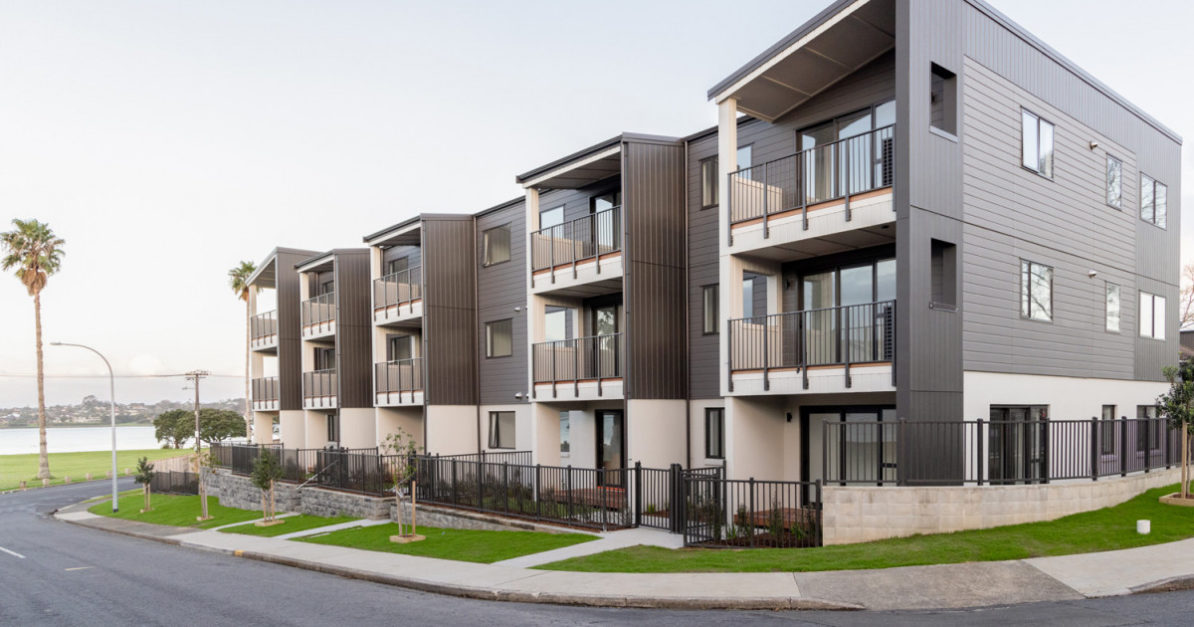
Most people overlook the benefits to living on the ground level. Some of these have been explained below.
Access to Backyard/Garden
Living on the ground floor gives you easy and direct access to outdoor space like a backyard or garden, which is a benefit that people living on the upper floors don’t have.
Many actually prioritise this feature when looking for a new place.
No Need for Stairs and Lifts
The most obvious advantage, however, is that you don’t have to use stairs or lifts if you are living on the ground floor. These apartments are especially ideal for older people, people with disabilities, or anyone with mobility issues.
Reduced Running Costs
Apartments on the ground floor are relatively cooler than those on the upper floors during summers.
Hence, there is less consumption of electricity, which in turn reduces the running costs of apartments. On the upper floors, you would require air-conditioning, which increases the utility bills.
In winters, the apartments on the base level experience higher temperatures that also reduces consumption, thus allowing the residents to save on their bills.
Easy to Move In
As mentioned earlier, you don’t need stairs or lifts to access ground-floor apartments, hence making it easy to shift in.
Moving houses can already be a cumbersome process, and carrying heavy loads all the way to the upper floors would make it even more tiring.
Easy to Renovate
Furthermore, ground-floor apartments are also quite easy to renovate as any remodelling projects or repair work doesn’t disturb the residents living in the units below.
More Affordable
Depending on the type of building, ground-floor apartments cost less when compared to apartments on the middle or top floors.
This is why those on a budget generally opt for ground-floor apartments. Since these are also not in high demand, you also have room to negotiate the price or rent with the owner of the flat.
Cons of Ground-Floor Apartments
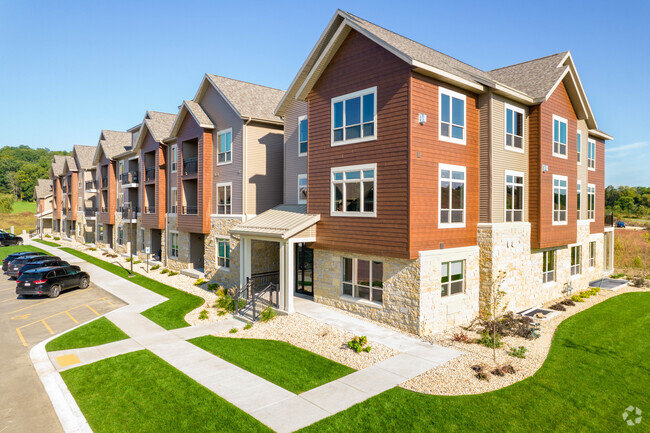
On the other hand, there are also several disadvantages of ground floor apartments that you should be aware of before making a final decision.
Limited Natural Light
One of the drawbacks is that these units receive limited natural light especially if there is an obstruction on both sides of the building.
The lack of sunlight and ventilation can lead to a risk of seepage as well, which can have an impact on the strength of the building structure. Thus, it’s better to check whether all the rooms are well-ventilated before buying the apartment.
Security Concerns
Breaking into ground-floor units is easier than breaking into higher-floor units.
This is why it is necessary for residents living on the base level to take some extra security precautions, such as replacing door locks on a regular basis and installing technically advanced door locks or preferably a smart security system.
Lack of Privacy
Those living in ground-floor flats frequently complain about the noises that are heard whenever someone enters or leaves from the main entrance of the building.
In addition, elevators also add to the constant movement outside the unit’s entrance. Ground-floor apartments are more susceptible to outside noise and disturbance in the street as well.
Bugs and Dust
Another issue faced by those living on the ground floor is that dust settles in these apartments more easily. They are also more vulnerable to insects and pests creeping through any gaps and cracks in walls.
To provide a contrast, the pros and cons of buying or renting flats on the upper floors have also been shared below.
Pros of Upper Floors
Following are some of the advantages of living on the mid or top-level floors.
Better Views
The scenic views of the city skyline are undoubtedly the biggest advantage of living in a top-floor apartment.
Reduced Noise and Improved Ventilation
Apartments on the upper floors are subject to less noise pollution, in comparison to those on the ground floor (where traffic noise and sounds of people entering and leaving the building tend to disturb the occupants).
In addition to less disturbance, the apartments on the middle and top floors also have much better ventilation and are exposed to more sunlight compared to the units on the base level.
Privacy and Security
Upper-floor apartments are less vulnerable to break-ins, as compared to ground-floor apartments.
Cons of Upper Floors
The following are some drawbacks of living in upper-floor apartments.
Accessibility
You will need to use an elevator or stairs each time you enter or leave your apartment. If the building doesn’t have elevators, then it can be quite an issue, especially when shifting to the apartment.
Emergencies
Evacuating a building during an emergency, such as a fire, can be challenging if you reside on one of the upper floors. Furthermore, this can be even more difficult while living with children, older people, or someone with a disability.
Higher Prices
Top-floor apartments are normally more expensive than apartments on the ground floor.
In a Nutshell
It can be tough to find a house in the city due to the rapid increase in population. This is why many individuals now prefer properties in high-rise buildings.
These come with their own set of benefits, such as low maintenance costs, a range of amenities provided (like a gym or pool in the building etc.), among many more.
Apart from the aforementioned benefits and drawbacks of ground-floor apartments specifically, there are various additional factors such as ease of delivery, amount of space available etc. that you also need to consider before shifting.
For more related information on finding the right home for you like luxury apartments in Lahore, visit the Graana blog.
